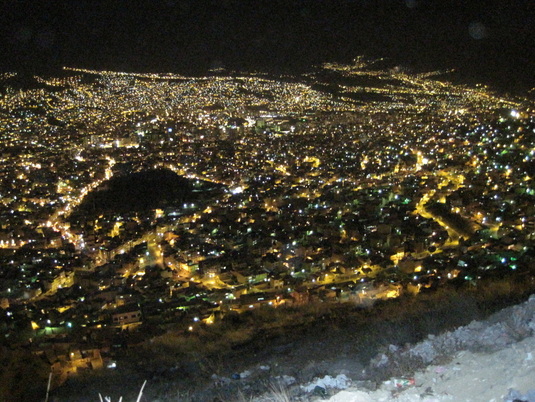It’s hard to forget the first time you arrive in La Paz. Few cities are so dramatic and almost none so unusual. It’s not a classic beauty, a city huddled around an island- filled bay like Rio or San Francisco or even an assemblage of architectural gems framed by a magnificent river such as the Seine or Hudson. La Paz sits more like a lunar crater, nearly treeless and completely exposed at more than 12 thousand feet. But one doesn’t climb to this city set high in the Andes. One descends from the barren plains of the altiplano.
Its been almost 2 months since I left. I have 3 1/2 more until I return. And there is much in these Estados Unidos that I love. But right now, I'm just thinking about this.

 RSS Feed
RSS Feed
